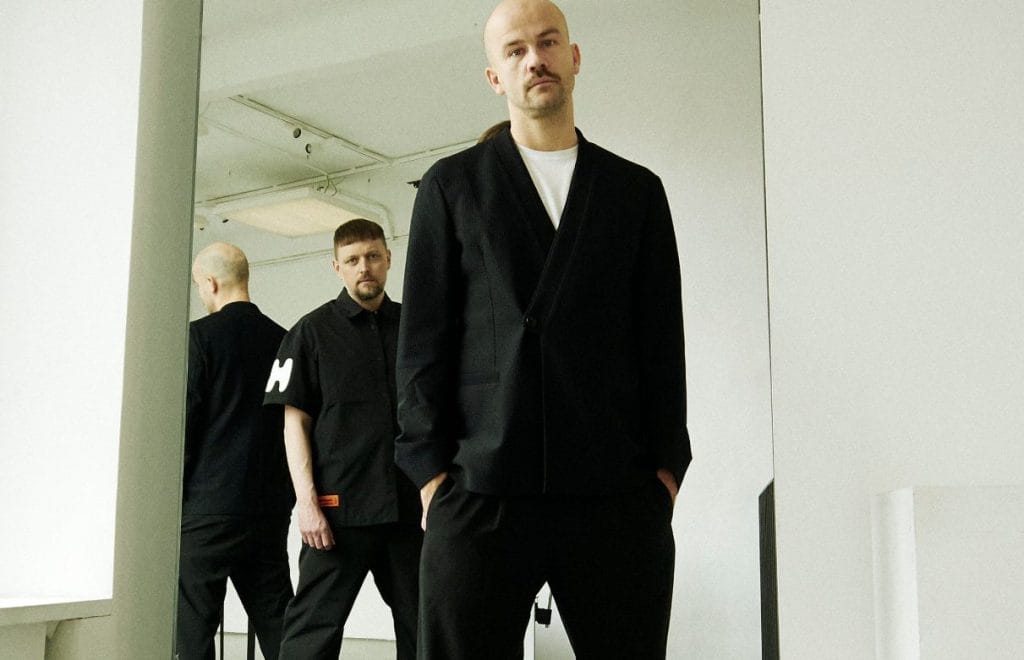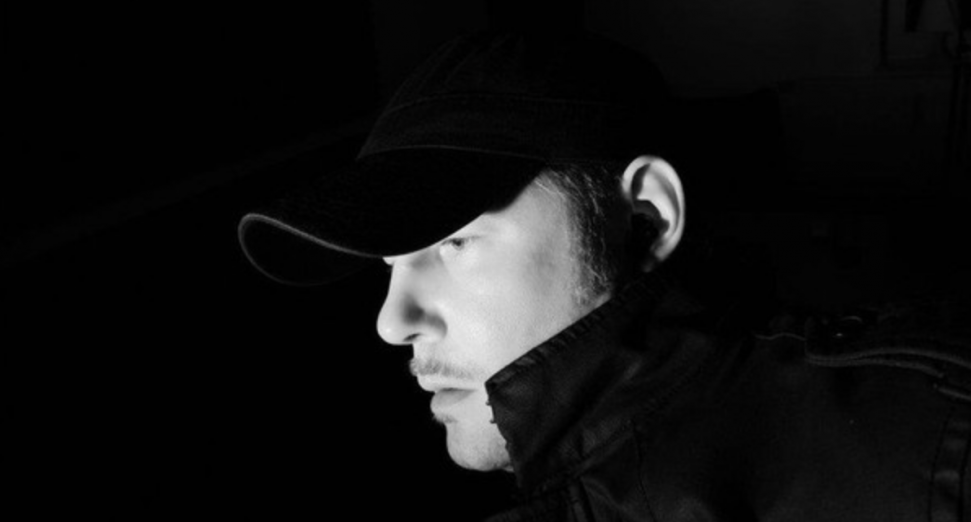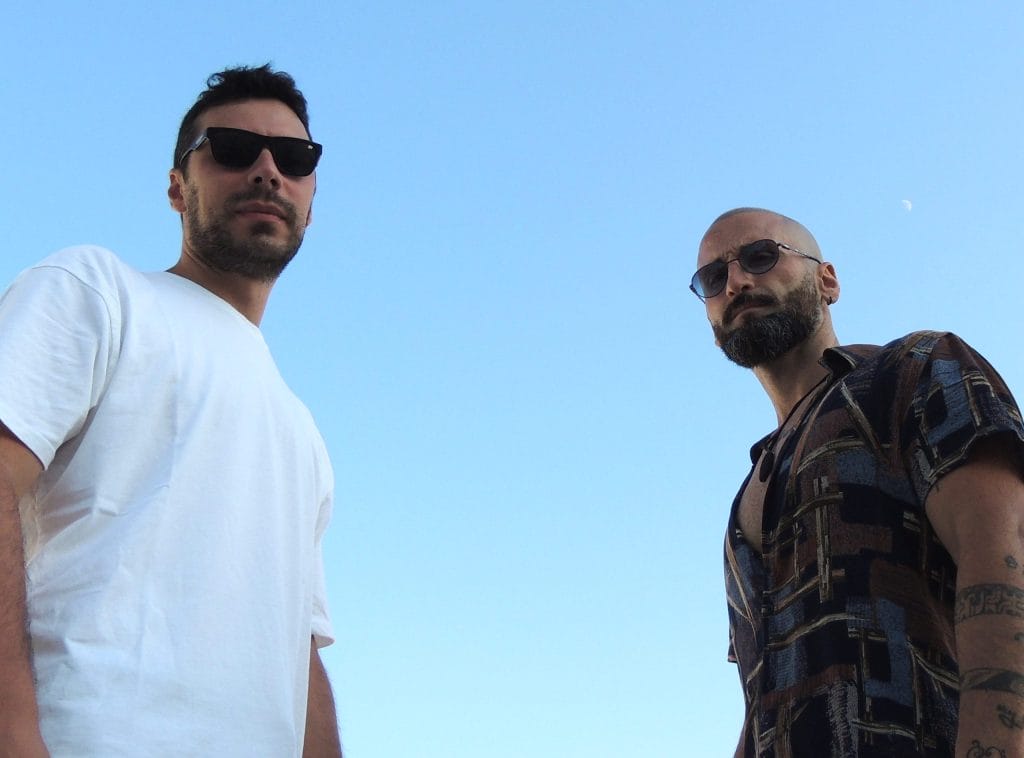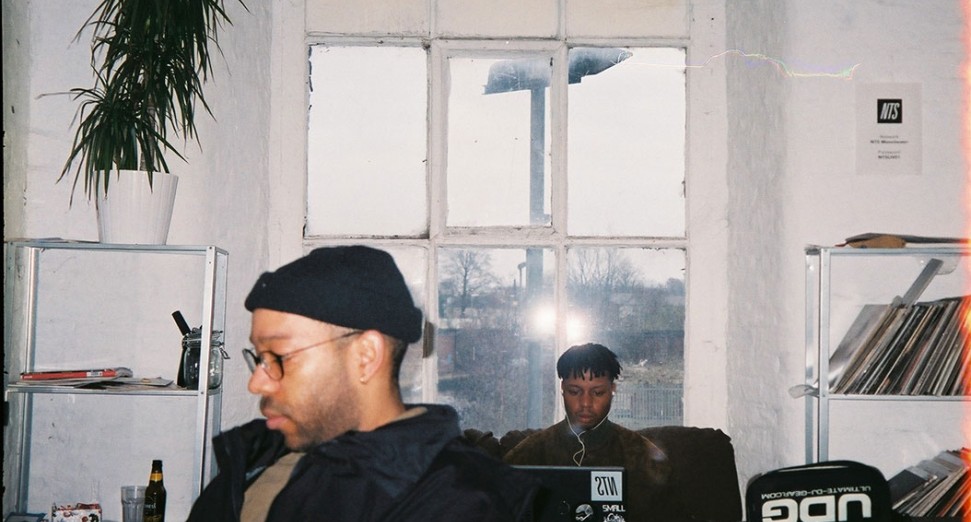
Why Adana Twins still build every track around emotional connection
Adana Twins return with Keep On Coming, a deep, melodic house track that brings Ocean Flor’s vocal warmth into focus and explores the softer edges of their sound. Out now via their own label TAU, the track opens with emotive piano chords and a slow build before Jesse Trinidad’s voice takes center stage—human, hopeful, and textured with a kind of vulnerability that’s rare in club music.
In this interview, the Hamburg duo reflect on how their process has evolved since their early Ed Banger days, why emotional storytelling still anchors everything they do, and how running TAU has helped them stay curious and collaborative, even as trends shift around them.
What’s something that’s been in your music since the beginning—and why does it still matter to you?
From the very beginning, a deep emotional connection has been the foundation of our music. Our goal has always been to create tracks that not only fill the dancefloor, but also tell a story or evoke a feeling, whether it’s joy, melancholy or euphoria. Our breakthrough back in 2012, for example, is linked to an accident. I processed my emotions from that time, including not being able to speak for 6 weeks, in our track ‘strange’.
Of course, these emotional moments don’t always happen, but when they do, it’s usually the tracks that stay with you the longest. No matter how much we experiment with different genres or production techniques, this emotive approach remains central. It keeps our music personal and relatable, and allows listeners to connect with us on a deeper level.
As you’ve grown, how do you know what parts of your sound are still you—and what needs to shift?
As we’ve evolved, we’ve learned to trust our instincts and emotional responses to our own music. If a track still excites us or makes us feel something genuine, it’s a sign it’s authentically “us.”
However, we’re also very aware of the need to grow and not get stuck in repetition. We listen carefully to what inspires us in the moment—whether it’s new sounds in the club, other artists pushing boundaries, or even personal experiences—and let those influences guide us.
The balance comes from staying true to our roots—our love for groove, emotion, and storytelling—while allowing the production and style to evolve naturally.
What helps you tell the difference between evolving and just drifting away from what matters?
The key for us is maintaining a clear sense of purpose and connection to the emotional core that defines our music. Evolution means exploring new sounds and ideas that enhance or deepen that connection, not abandoning it.
The dancefloor is an honest judge—if the music moves people and feels authentic to us, it means we’re evolving in the right direction. Conversely, if we’re chasing trends or making music that feels disconnected from our story, it risks becoming drifting.
Staying grounded in what made us start making music in the first place helps us navigate that fine line.
Have you ever opened up an old project and found something in it that still feels relevant now?
Yes, revisiting old projects is always a fascinating experience. Sometimes we discover a melody, a bassline, or even just a vibe that still feels fresh and inspiring years later. It’s like finding a hidden gem from our past that can be reworked or serve as a foundation for something new. Often, an old project might have been ahead of its time or just needed the right context to shine. I’m still waiting for a 2step revival, it just won’t come.
But when it does, I’ll be ready.
How do you stay connected to your early influences without getting stuck repeating old ideas?
It’s always a fine line. But interestingly, we’ve always managed it somehow.
Running our label TAU and working with a variety of artists also keeps us exposed to different ideas and keeps our creative process dynamic. Playing long DJ sets around the world immerses us in different music cultures and trends, which naturally influences our work. This openness to new experiences allows us to honour our past without being trapped in it.
It’s about evolution through dialogue with our influences, not repetition.
What’s something you’ve grown out of creatively—and how did you realize it was time to move on?
At the beginning of our career we were heavily influenced by the Ed Banger sound—hard, aggressive and raw. That energy was important and formative, but over time we felt the need to explore more depth and nuance in our music. We realised it was time to move on when we craved melodies, emotions and more textured soundscapes rather than just energetic beats.
I think as an artist you pick up a lot of things over time—social events influence you. At the moment, it feels interesting again to explore more rock regions of electronic music, this time with a disco touch. I’m doing that now, 15 years later, with my former neighbour—and TIGA is doing a remix. It feels like a circle is closing.



